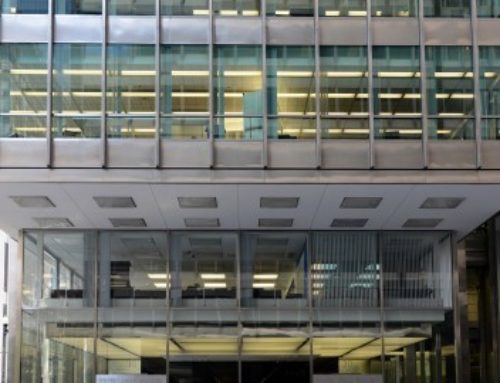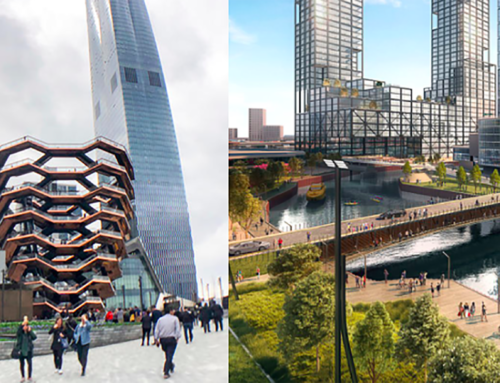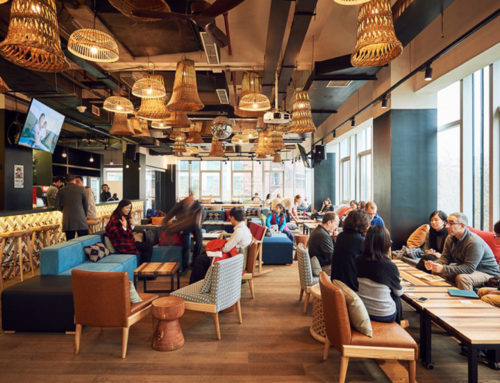Picking out the perfect office space has always been a complicated decision, but it’s become much more difficult in recent decades. For the majority of human history, companies selected their space based on the headcount of employees they needed to support. Every employee came into the office to complete their tasks, and was hired with the expectation that they would be a part of the brand for decades to come. There were few (if any) contractors – most everyone you interacted with was either an employee, a client or a vendor. In this new era of work, however, the rules and expectations of work are changing, causing many of the old guidelines for picking out office spaces to become outdated.
There are many new trends, and almost all of them make it much more difficult to forecast the number of people you’ll have to house in your office space in the next year – forecasting the next decade seems almost impossible:
- Employees often don’t stay at one company more than a few years
- More employees are expecting flexible schedules and the ability to work from home
- Globalization means that not only are your employees more spread out, but they’re also more likely to be traveling from office to office frequently
- Contractors are quickly becoming an unavoidable requirement for company success
Those can all make the process of picking out an appropriate office space a bit mind-boggling, because it can be hard to track just how many people your company even has working on any given day. A recent KRC Research study found that almost a quarter of businesses have no idea how many contractors they have on contract at any one time. Combine that with almost half of all American employees reporting that they sometimes work from home, and it can be tough to know just how much space you even need.
Of course, you could try to buck these trends. Earlier this year, IBM made waves by announcing that they would no longer allow employees to work from home except in specific, temporary situations. The decision was a long time in coming, but was delivered flawlessly by new CMO, Michelle Peluso, with the explanation that IBM was in need of an additional ingredient for success: “really creative and inspiring locations.” Any employees – and stakeholders – that didn’t believe they’d follow through were silenced the following month, when IBM became the first brand to ever lease an entire WeWork space, in a play to find a more brand-friendly replacement for remote working.
Regardless of whether you plan to embrace the new trends or fight them, it’s important that you learn from them. Accept that your employees prefer working in a place that is convenient, comfortable, and beautiful. Cubicles are unappealing and uninspiring, and offices that require a long commute simply aren’t worth it when all of their work can be completed with an internet connection and a phone. If you want them to come in (and stay in), you need to provide an office space that makes it worthwhile. Here’s how:
Select An Office Space That Reflects Your Brand Culture
One of the most common mistakes we see in the commercial real estate business is companies that lease office space that ticks their technical requirements – namely cost and square footage – without considering how the location will help to amplify and improve company culture. No, I’m not saying you need to build a custom location like Apple or Google’s campuses, but you should be looking for spaces that seem to fit with the type of people you employ, and the goals you’d like them to achieve.
For example, if you’re in an industry that has many clients visiting, formal dress, and many regulations, you’ll want to select a location that’s conducive to that atmosphere: many private offices, high quality finishings, and noise reducing interior architecture. On the other hand, if you’re pushing for innovation, light heartedness and frequent collaboration, you’ll likely want to focus on spaces with big windows, large shared office spaces, and high ceilings.
Make Sure It’s Easy To Get To
A major reason why brands like IBM are fighting back against the work from home trend is the impact that it is having on company culture. When each employee is isolated from their team, only communicating online or on the phone, it’s easy for them to emotionally disentangle themselves. This means that the relationship they have with their employer is no longer about loyalty, brand pride and culture; it is simply a transaction where they complete a task for the agreed upon salary and benefits. While that may be fine in the short term, if you want your brand to succeed, you’ll need to either pull them back into the office or invest in some serious team building and morale boosting extras.
In order to get them back into the office, you need to ensure that it’s a place that is easy for them to get to. While you may think this means paying more for a location in a major business district, this isn’t necessarily the case. If most of your employees drive to work, picking a location that will allow them to drive in the opposite direction of rush hour traffic can often be helpful, as it’s a much less stressful commute. If most take public transportation to work, consider less populated business districts that are still easily accessible. Not sure? Don’t be afraid to ask your existing team members what neighborhood they think would be ideal!
Look For Flexibility
If your company does opt for many contractors, offers flex time or is open to offering work from home to employees, prioritize flexibility that’s built into the interior space. Consider having several extra desks for those who normally work from home to use when they do come in (these can also be helpful for client visits), and using temporary walls or even large plants to create visual barriers that organize your space in a way that can be changed over a weekend. This will allow not only temporary new desks to be put in, but permanent ones as well as your team grows.
Selecting the perfect office space for your brand is always difficult, and can be frustrating when you have a different number of people in the office each day. However, by considering your employees’ priorities and putting their happiness and comfort first, you’ll be able to find a great space that has them eager to come to work, and motivated throughout each day.





